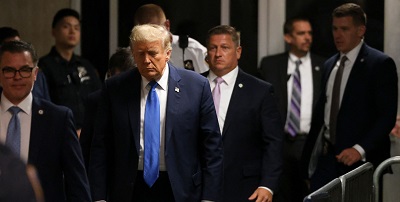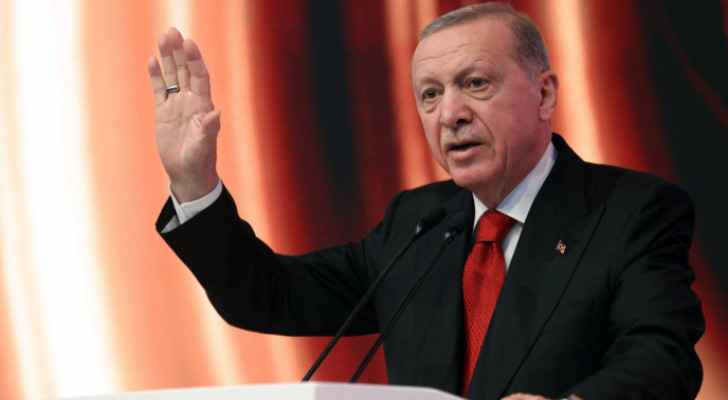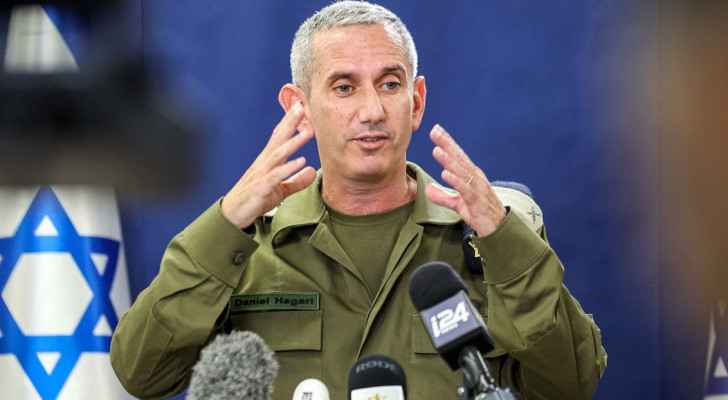Relations between the Holy See and Arab Peninsula: Beyond religious dialogue - By Dr. Antonios Abou Kasm, Alarabiya
Interreligious dialogue between Islam and Christianity is evolving under the mandate of His Holiness Pope Francis. Many events reveal that this dialogue will have a crucial impact on relations between the Holy See and Muslim countries. Before Pope Francis, Saint Pope John-Paul II had issued the Apostolic Exhortation to Lebanon in 1997, wherein he had emphasized that Muslims and Christians in Lebanon and the MENA region have a shared destiny and announced that Lebanon is the land of the Message.
For his part, Pope Benedict XVI issued in 2012 the Apostolic Exhortation on the Church in the Middle East: Communion and Witness, in which he asked Arab Christians not to fear Muslims and said that fanatic groups constituted a threat to both communities. The visit of Pope Francis to Egypt and Al-Azhar in 2017 constitutes the first pillar for a serious dialogue, even though the Pope receives representatives of various religions in the world every year to pray for international peace. Meanwhile, the Pontifical Council for interreligious dialogue (PCID) of the Holy See has proven its activism towards the dialogue between the two main religions of the world.
In February 2017, a conference was held at Al-Azhar University on the theme “The role of al-Azhar al-Sharif and of the Vatican in countering the phenomenon of fanaticism, extremism, and violence in the name of religion”. The success of the mission of the PCID is crowned by the visit of his Chair, the Late Cardinal Jean-Louis Tauran to the KSA in April 2018. The visit to the homeland of Islam by a senior principal from the Vatican constitutes a bridge between these two religions. This visit was held at the launch of a new foreign policy by Crown Prince Mohammed bin Salman.
It can be said, that all these events reveal that Pope Francis will visit the Arabian Peninsula. Being the first visit of the Pope to the Gulf, his historical visit to the UAE bears several dimensions. The human dimension is colossal and the document on “Human Fraternity for World Peace and Living Together” signed by His Holiness Pope Francis and the Grand Imam of Al-Azhar Ahamad Al- Tayyib on February 4, can be considered as the “new” Universal Declaration of Human Rights. The importance of the document is that it covers new areas of human rights and provides a common Islamo-Catholic view against terrorism and fanaticism, with an emphasis on the concept of full citizenship while the document rejects the discriminatory use of the term ‘minorities’, which engenders feelings of isolation and inferiority.
The second connotation has a peaceful dimension. The visit of the Pope brings a message of peace to a region in conflict, and he clearly stated from the UAE that war should come to an end in Yemen, Syria, Iraq and Libya. This message of peace cannot be brought by any other eastern foreign personality.
The third message concerns real dialogue between the Arab world and the West from the stage of an open-minded Islamic State, where many cultures thrive and where foreigners constitute over 85% of the UAE population. The final message of the Interfaith Meeting at Founder’s Memorial held in Abu-Dhabi, reassembling hundreds of religious leaders and scholars, was that ‘no violence can be justified in the name of religion’.
The next round of the interreligious dialogue will probably be held in Beirut next spring. The Secretary- General of the Muslim World League Sheikh Mohammed Al-Issa is one of the conference’s promoters. Meanwhile, Pope Francis is also scheduling an Apostolic journey to Morocco by the end of March.
Besides his religious status, the Pope also held the famous position of Arbitrator in the history of International Law before the establishment of the Permanent Court of Arbitration in 1899 in The Hague (e.g. the arbitration of Boniface VIII in 1298 between Edward I of England and Philip the Fair of France). Papal arbitration aimed to peacefully settle disputes between states in conflict (e.g. the arbitral case of the Beagle conflict between Argentina and Chile in 1980 and the papal mediation between USA and Cuba in 2014/2015). This juridical dimension of the Pope may be solicited to settle relevant international conflicts occurring nowadays.
Beyond the interreligious dialogue, relations between the Holy See and Gulf States (and consequently the Arab Peninsula) can evolve on the political level in order to achieve lasting peace in the Arab world. The rapprochement between the States and the Holy See can enhance diplomatic role of the Pope to demolish the wall of the terrorism in the Arab world, like the toppling of the “wall of communism” by John Paul II in 1989, which ushered in a new era in international relations.
Latest News
 Prosecution lays out ‘criminal conspiracy’ in historic Trump trial
Prosecution lays out ‘criminal conspiracy’ in historic Trump trial King from Madaba: Jordan has always proven its ability to move forward with persistence of Jordanians
King from Madaba: Jordan has always proven its ability to move forward with persistence of Jordanians Safadi discusses war on Gaza with French, German delegations
Safadi discusses war on Gaza with French, German delegations Erdogan arrives in Baghdad for first official visit since 2011
Erdogan arrives in Baghdad for first official visit since 2011 “Israeli” army says it approved plans for “continuation of war in Gaza”
“Israeli” army says it approved plans for “continuation of war in Gaza”
Most Read Articles
- Safadi discusses support to Syrian refugee with DRC
- King, Kuwait emir reaffirm pride in deep-rooted relations
- Israeli Occupation aggression on Gaza enters 200th day
- Jordan condemns Israeli 'war crimes' in Gaza, calls for accountability
- UNRWA’s role in Gaza indispensable — Foreign Ministry
- General Motors lifts 2024 profit forecast after strong Q1
- Azerbaijan says ‘closer than ever’ to Armenia peace deal amid border talks
- The ideological coup: How disciples of Kahane became the new face of Israel - By Ramzy Baroud, The Jordan Times
- Sustainable economy and zero-growth - By Ayoub Abu Dayyeh, The Jordan Times
- Baby delivered from dying mother's womb in Gaza 'miracle'